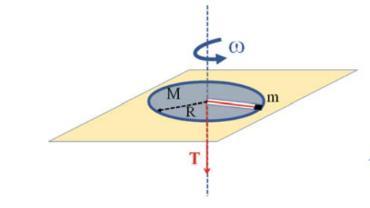A homogeneous sphere of mass (M) and radius (R) initially stationary on top of the inclined plane
Question:
A homogeneous sphere of mass \(M\) and radius \(R\) initially stationary on top of the inclined plane in A with its center at an altitude \(h_{A}=5.0 \mathrm{~m}\) rolls along the plane AB inclined by an angle \(\alpha=60^{\circ}\), Fig.12.18
. Past the horizontal section BC the sphere goes up the plane CD inclined by an angle \(\beta=70^{\circ}\). Assuming that all along the way the sphere rolls without crawling (i.e., with pure rolling motion)
1. Determine the speed of the center of the sphere when it arrives at \(\mathrm{D}\), at elevation \(h_{D}=2.0 \mathrm{~m}\).
2. Draw, in a clear manner, the forces acting on the sphere at a generic point in the section \(\mathrm{AB}\).
3. Determine, again in the section \(A B\), the acceleration of the center of mass of the sphere and 4. the minimum value of the dynamic friction coefficient \(\mu_{d}\) for the motion to be pure rolling.
The moment of inertia of a sphere of radius \(R\) and mass \(M\) is \(J=2 / 5 M R^{2}\). Neglect possible effects in the variations of slopes at points \(\mathrm{B}\) and \(\mathrm{C}\).
Fig. 12.18

Step by Step Answer:






